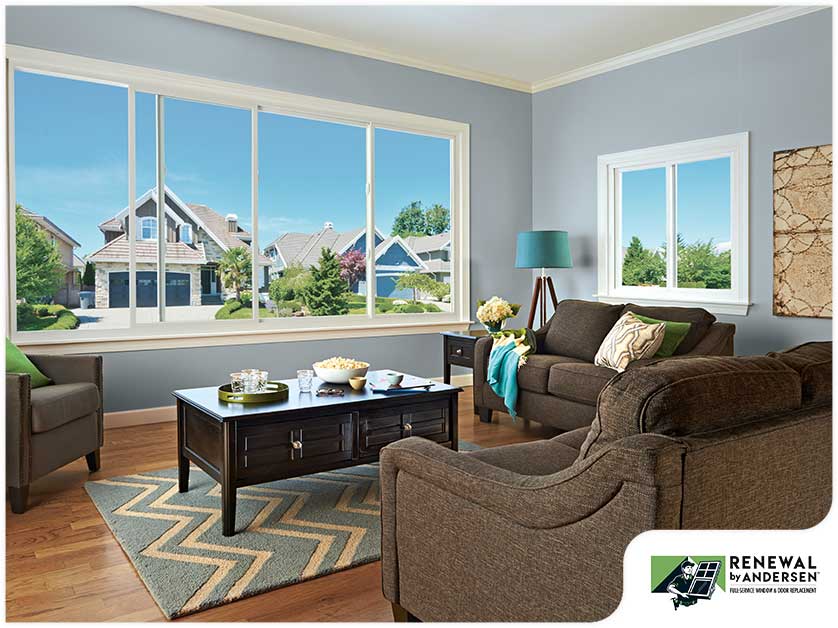You’ve probably come across advertisements about how new windows can help you save on your energy bills. You’ve also probably wondered how it works, considering that most types of windows do not even require electricity. In today’s post, Renewal by Andersen® answers your questions with this primer on how window replacement can translate to energy savings.

Windows are part of a larger structure called the “energy envelope”, which also consists of the exterior walls, the roof and, in some types of buildings, the floor. Together, these components form an enclosure that is heated and cooled by your HVAC system. According to the Department of Energy, space heating and cooling accounts for about half of an average home’s annual energy bills, so if one can cut the house’s comfort requirements to even by half, this could result in significant savings.
The problem with traditional windows is they can defeat well-insulated walls and roofing. Single-pane glass, in particular, allows thermal transfer, which causes heat loss during heating seasons and heat gain during cooling seasons. This makes the heating and cooling systems run for longer times, which adds and results in high utility bills.
Energy-efficient replacement windows are equipped with double-pane glass. The gap between the interior and exterior surfaces acts as an insulating layer that helps slow down thermal transfer and contribute to energy savings over its service life.
It’s never been easier to find energy-efficient replacement windows — all you need to do is look for the ENERGY STAR® certification label affixed on the windows. If you are looking for a specific feature or a combination of features, look for the following on their energy efficiency ratings labels.
Just as important is the quality of the installation — even the most energy-efficient windows won’t function as designed if not installed properly. Our team at Renewal by Andersen can discuss energy savings and other benefits of energy-efficient replacement windows through a no-obligation consultation. Give us a call at (206) 775-7533 or fill out our contact form to schedule an appointment. We serve communities .